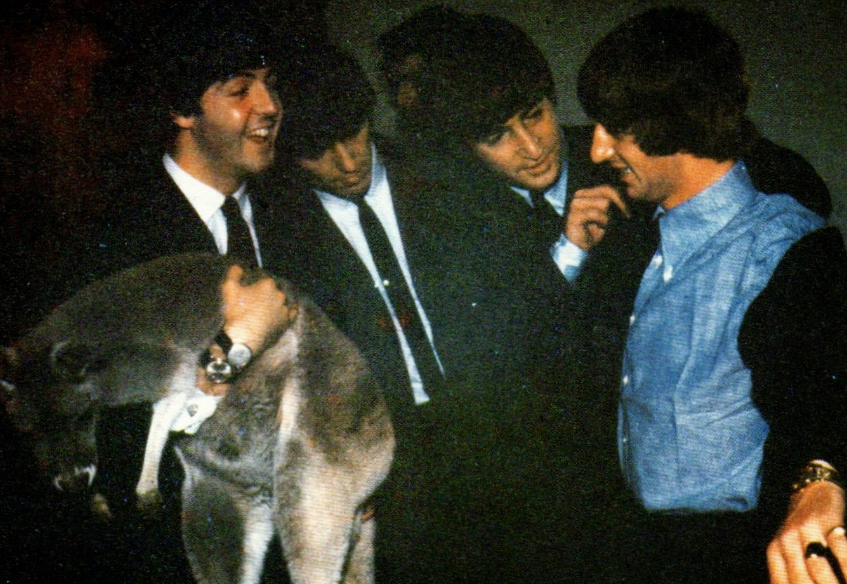Lullabies were popular in sheet music in the early 20th century, inspired by the success of Johannes Brahms’ Wiegenliedand Chopin’s Opus 57. For “Golden Slumbers”, Paul came across a tune called “Cradle Song”. “I can’t read music and I couldn’t remember the old tune,” McCartney recalled in The Beatles’ 1995 Anthology film. “So I started just playing my tune to it… I liked the words so I kept that, and it fitted with another bit of song I had.” “Golden Slumbers” took its words from a song by the playwright Thomas Dekker which was couched in his 1603 play, Patient Grissil. This tells the story of poor basket-weaving woman courted and married by a wealthy marquess, who then subjects her to punishing psychological trials (earlier versions of this story feature in Chaucer’s Clerk’s Tale and Boccaccio’s Decameron). One involves taking their baby away, but later the child is returned, the lullaby being sung to the baby by Grissil’s father, Janiculo, to calm its cries. As he plays along on his lute, Janiculo’s words run slightly differently to Paul’s. “Golden slumbers kiss” the baby’s eyes rather than “fill” them. “Pretty wantons” are urged not to cry, rather than “a darling”. The lines “once there was a way to get back homeward/Once there was a way to get back home” do not feature, however: these were Paul’s alone. Here was a man thinking about the comfort of families and homesteads as he sat by his father’s piano, in the dying days of his band.Sadness lurks in “Golden Slumbers”’ melody from its very beginning. A piano figurepivots between a chord that suggests a major key, before dropping in a mournful lower sixth. Unusually, the strings also come in on this note, striking a strange, melancholy mood before its nursery-rhyme beauty lifts off.Enjoy that gem from Abbey Road album, 1969.



